Facial Hair Growth Treatments
Beard growth is an exciting area and crosses the disciplines of hair medicine, men’s health and gender transition therapies.
How do beards grow?
Testosterone is a major driver of beard hair growth. In the skin, testosterone is converted into a strong form of testosterone called DHT. DHT has a differential effect on the growth of hair in different parts of the body. Whilst DHT may cause hair loss on the scalp, it has been regarded as essential for the growth of hair on the face in men and there are androgen receptors driving growth in the hair follicles of the beard
The factors behind poor beard growth are multifactorial and poorly understood with likely genetic and environmental factors at play.
How to grow a better beard?
Men who are interested in growing a beard should first have their general health and testosterone assessed prior to embarking on therapy. Correction of any low testosterone may assist in beard growth in some cases; however most men with poor beard growth have normal testosterone and poor beard growth is not a sufficient reason to start testosterone therapy.
The available options for supporting beard growth follow that available for scalp hair growth support. The evidence and success rates for scalp hair growth cannot be assumed to apply to beard growth:
Current first line treatments for hair loss
| Treatment | Who is it for? | What does it do? | How is it used? | Side Effects? | How Effective? |
| Finasteride | First line for men | Blocks DHT | 1mg tablet per day | <1% sexual side effect | 70-99% – no further hair loss 30% regrowth |
| Minoxidil | First line men or women | Unknown | Lotion to scalp twice a day or ¼ of a tablet at night | Rare (irritation of scalp) Tablet: excess hair growth | 20-50% experience regrowth |
| Laser Light | Everybody | Cell growth | 30 minutes, 3 times per week | rare | Similar to minoxidil |
Patient Handout: Beard Growth 1
| Treatment | Who is it for? | What does it do? | How is it used? | Side Effects? | How Effective? |
| Platelet Rich Plasma Injections | Anybody | Promotes cell growth | Monthly injection for 3 months, then 6 months | Rare: Requires small needle into numb scalp | Still being studied, considered effective |
Anecdotally, there are observations that minoxidil assists with beard growth however formal studies are lacking. Light therapy is being trialled and is postulated to assist. A patent has been filed for topical DHT, a potent form of testosterone, to be trialled for beard growth.
Will DHT therapy boost my beard?
There is reasonable evidence supporting the role of DHT as being essential for beard growth however this form of therapy risks DHT entering the body and increasing testosterone. This will act the same as testosterone replacement and so this must be discussed with your doctor as a form of testosterone therapy with the associated risks and monitoring that is required.
What is the best way to get a beard?
Hair transplantation is the definitive treatment to get a beard. A hair transplant involves a small cylindrical ‘punch’ of skin (1mm) into the back of the scalp to remove an intact hair follicular unit. This unit is the growth organ of the hair and contains between 1-3,4 hairs.
The punch taken is very small and heals very only a very minimal scar. Because the back of the scalp is dense with hair, many follicular units can be taken without affecting the density and will be covered by the normal hair growth.
These follicular units are stored in a solution and then put into tiny holes or incisions made in the face, in a pattern mimicking normal beard growth.
In this way, hair is ‘borrowed’ from the back of the scalp and transplanted to the face to create a beard. Follicular units are also called grafts.
About 3000 grafts are required for a full beard with 500 being required at least for a moustache. The procedure is associated with a high success rate. It is minimally painful but takes several hours; the face and scalp are numbed with small needles and there is no need for a general anaesthetic.
Beard transplantation is the most successful way to get a beard. Medications and other treatments can only marginally help; for a definitive result, a beard transplant can create a convincing and full beard depending on your tastes.
Another article will discuss the process of a beard and hair transplants in detail.
The author has had a beard transplant and has never looked back!
Summary
Men interested in beard growth should discuss available options with their doctor Evidence is lacking on available options
DHT and testosterone are critical in beard growth
Minoxidil and light laser therapy have been used but not studied formally
Topical DHT has been patented for use and has been used outside of clinical trials to grow beards
Platelet Rich Plasma has been postulated to be effective however is not commonly used or described as being used for beard growth.
Beard transplants are commonly performed.
References
Avci P, Gupta GK, Clark J, Wikonkal N, Hamblin MR. Low-level laser (light) therapy (LLLT) for treatment of hair loss. Lasers Surg Med. 2014;46(2):144-151. doi:10.1002/lsm.22170
Cervantes et al (2018) Effectiveness of Platelet-Rich Plasma for Androgenetic Alopecia: A Review of the Literature. Skin Appendage Disord 2018;4:1–11 D OI:
10.1159/00047767
Garg S, Manchanda S (2018) Platelet-rich plasma—an ‘Elixir’ for treatment of alopecia: personal experience on 117 patients with review of Literature. Stem Cell Investigation. 2017; 4;64
Gentile et al (2015) The Effect of Platelet-Rich Plasma in Hair Regrowth: A Randomized Placebo-Controlled Trial. Stem Cells Translational Medicine 2015;4:1317–1323
Jimenez et al (2014) Efficacy and Safety of a Low-level Laser Device in the Treatment of Male and Female Pattern Hair Loss: A Multicenter, Randomized, Sham Device-controlled, Double-blind Study. Am J Clin Dermatol (2014) 15:115–127 DOI 10.1007/s40257-013-0060-6
Donovan et al (2017) Treatment of androgenetic alopecia in men. In M Hordinsky (Ed.), Up To Date. Retrieved February 2019 from
https://www.uptodate.com/contents/treatment-of-androgenetic-alopecia-in-men
Miranda, B. H., Charlesworth, M. R., Tobin, D. J., Sharpe, D. T., & Randall, V. A. (2018). Androgens trigger different growth responses in genetically identical human hair follicles in organ culture that reflect their epigenetic diversity in life. FASEB journal : official publication of the Federation of American Societies for Experimental Biology, 32(2), 795–806. https://doi.org/10.1096/fj.201700260RR

